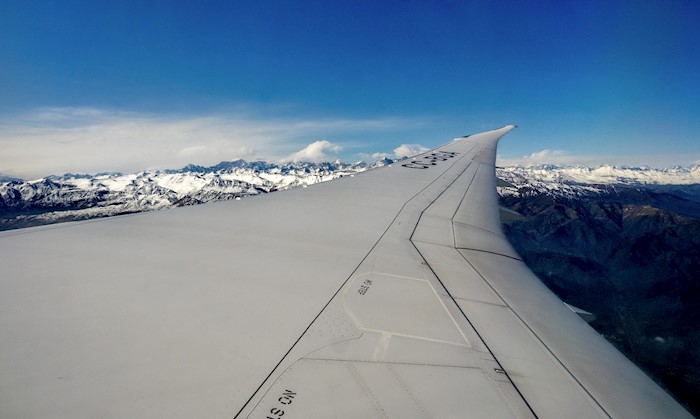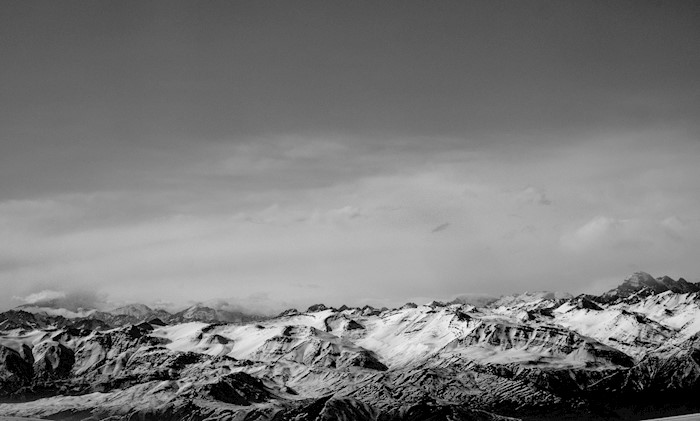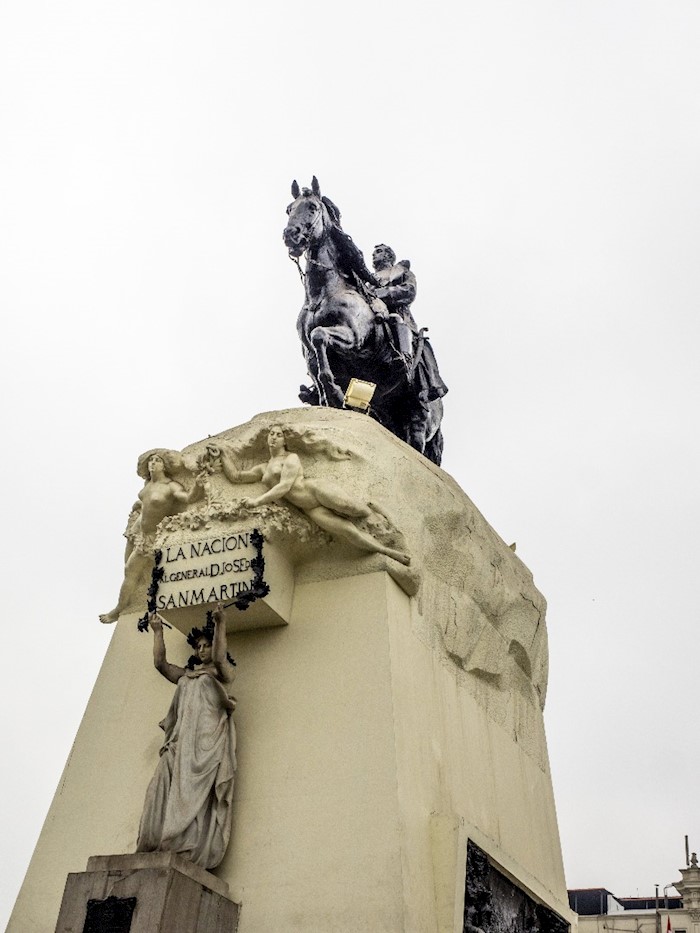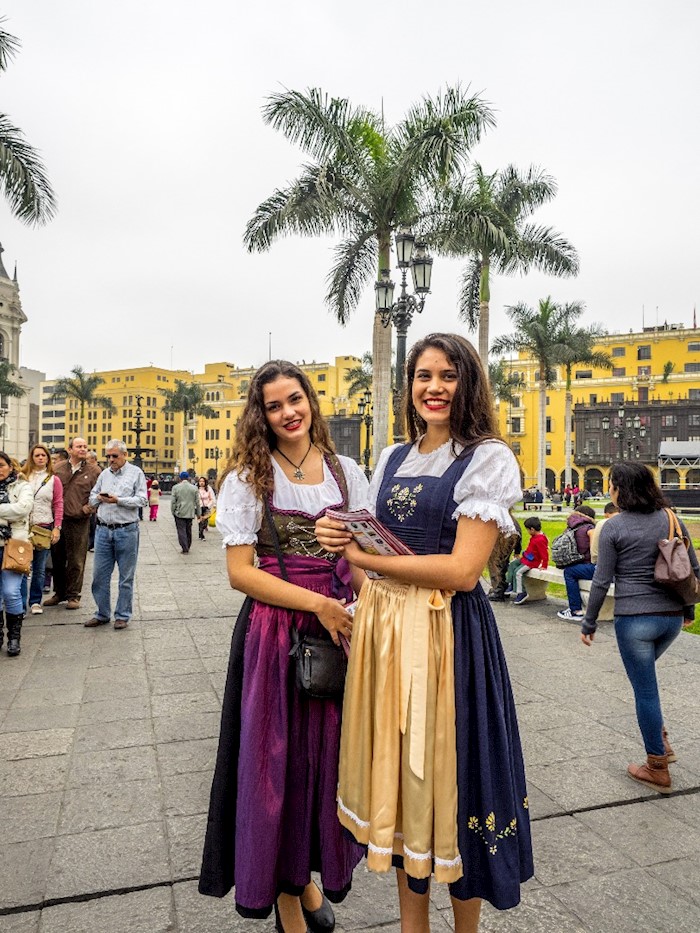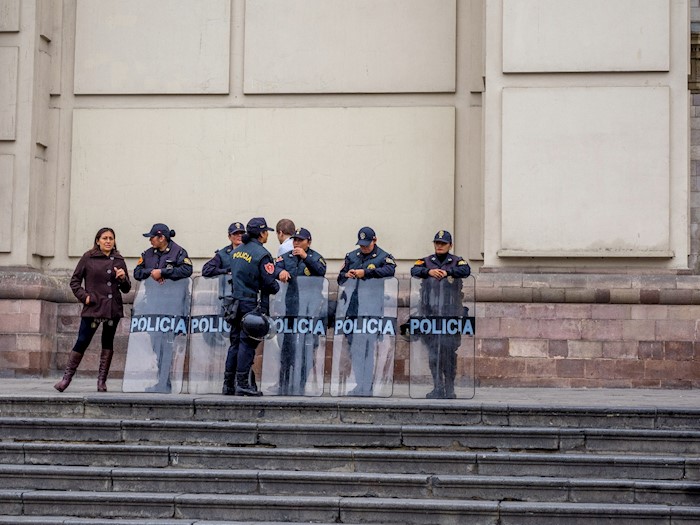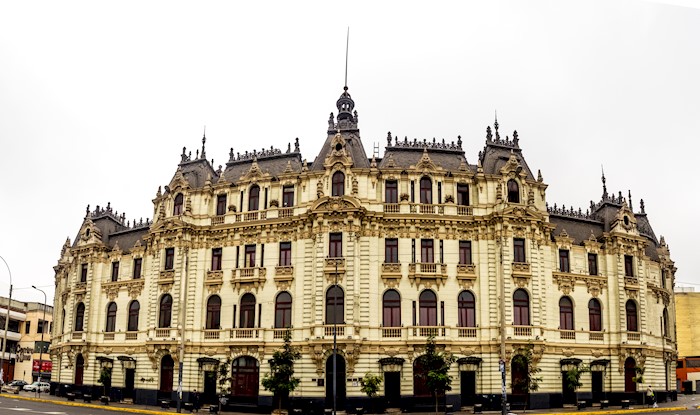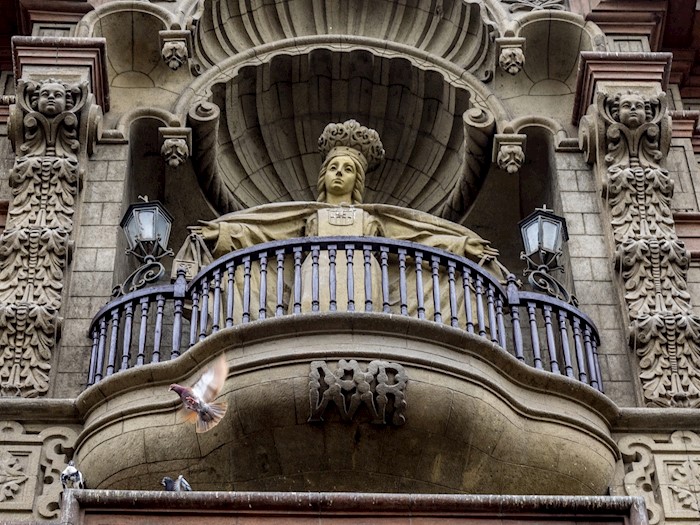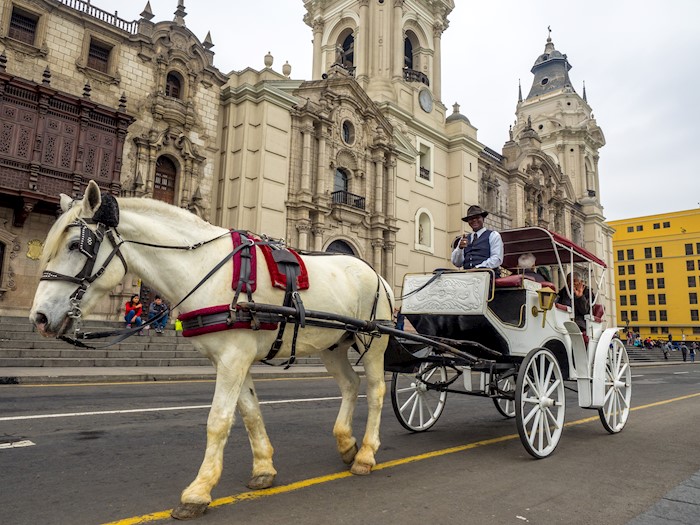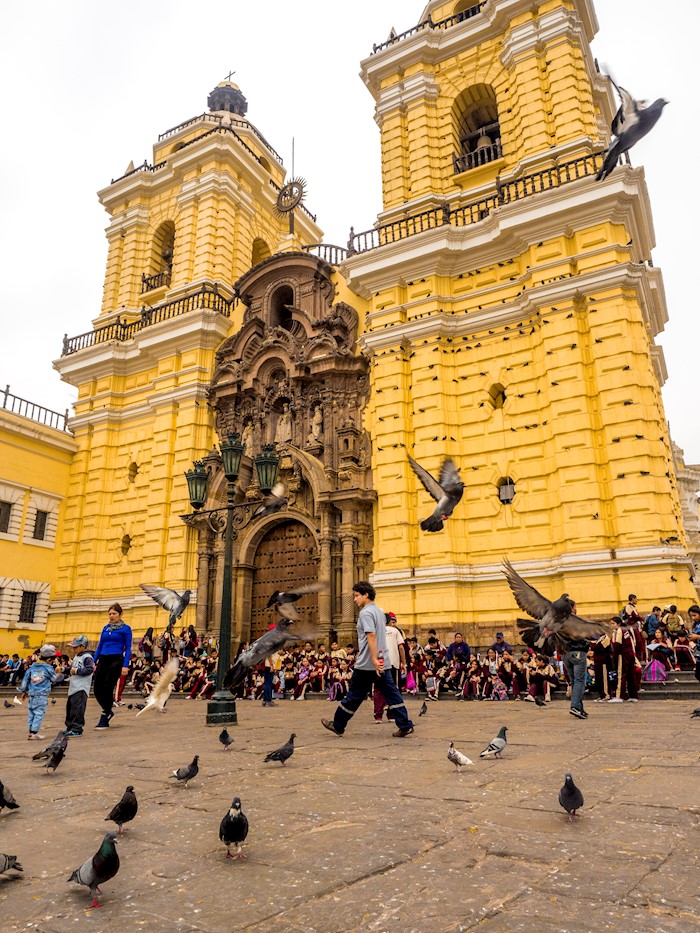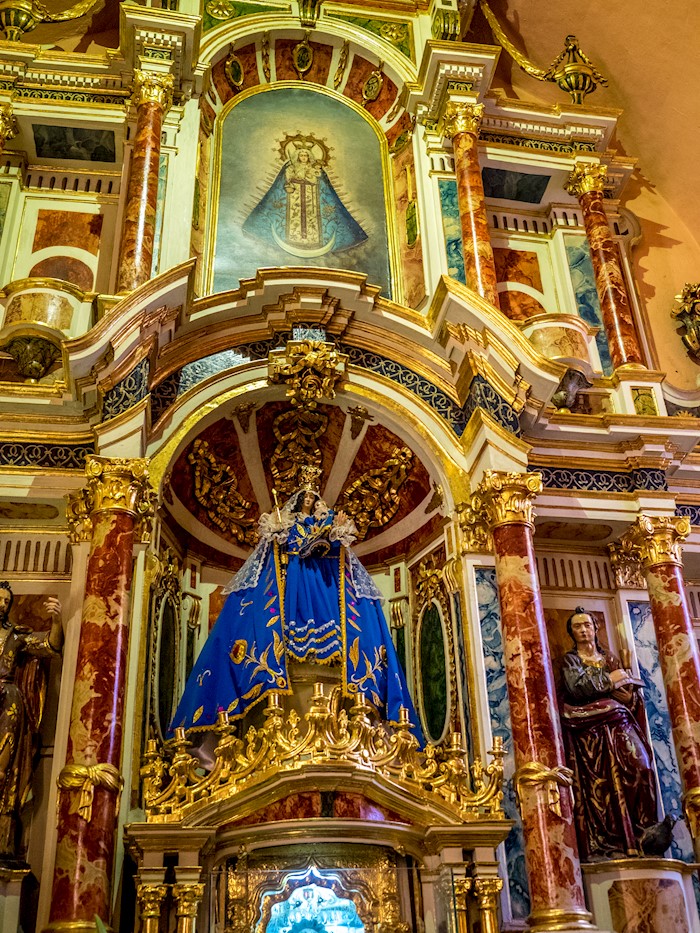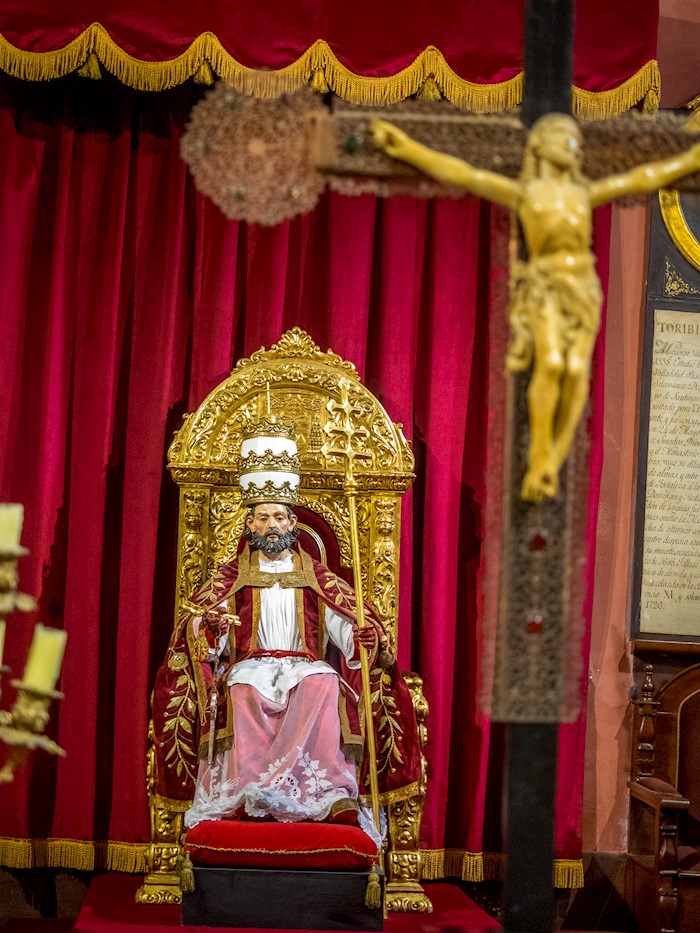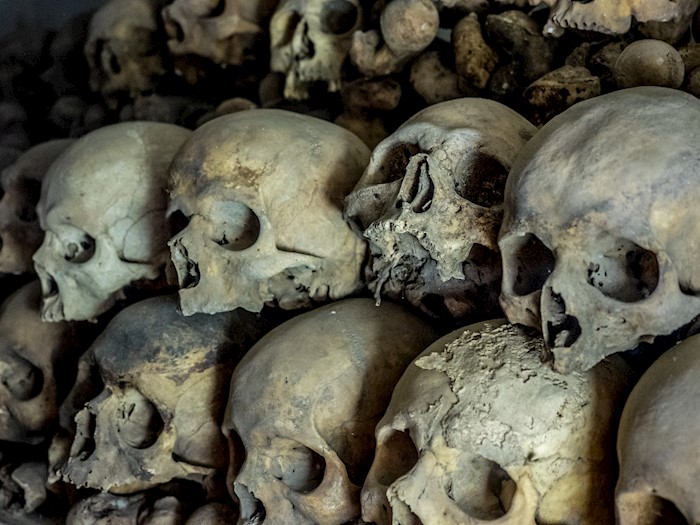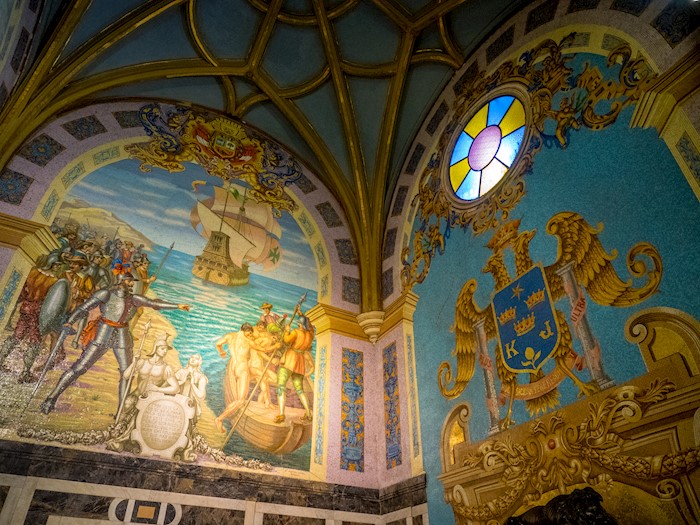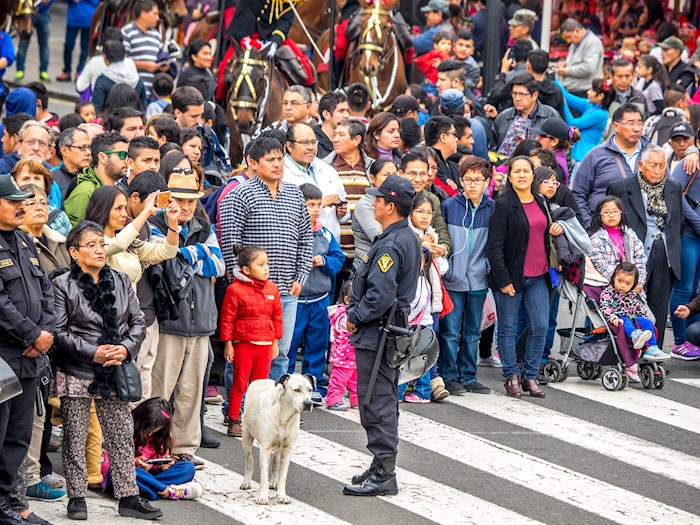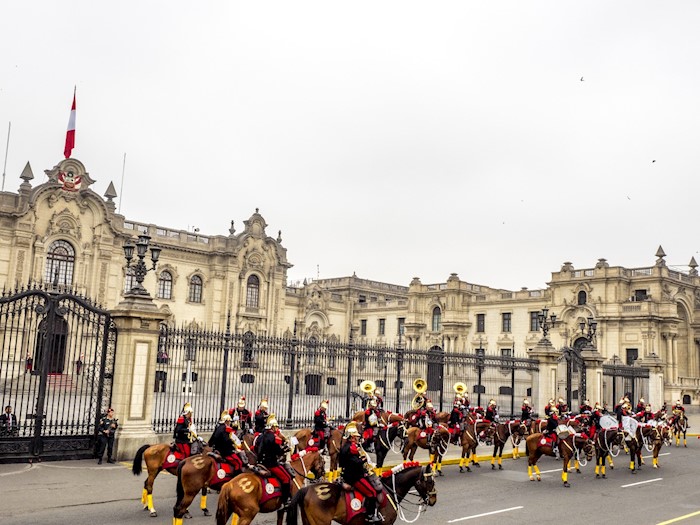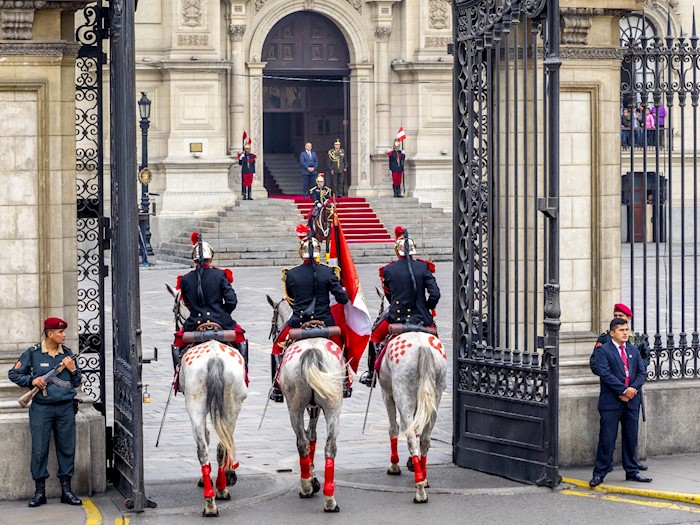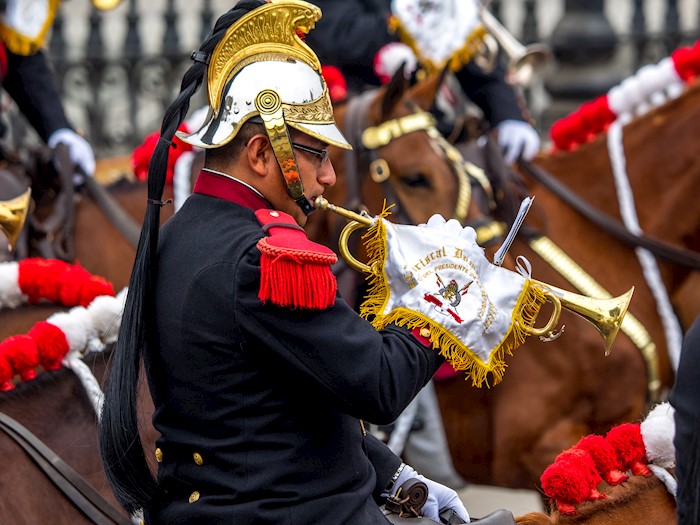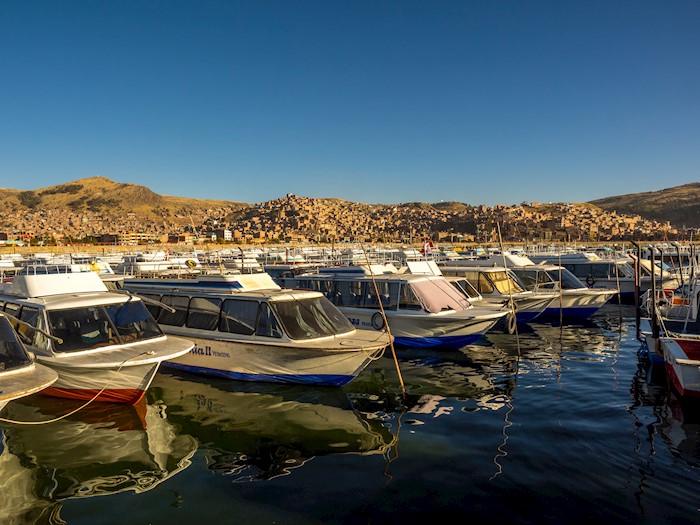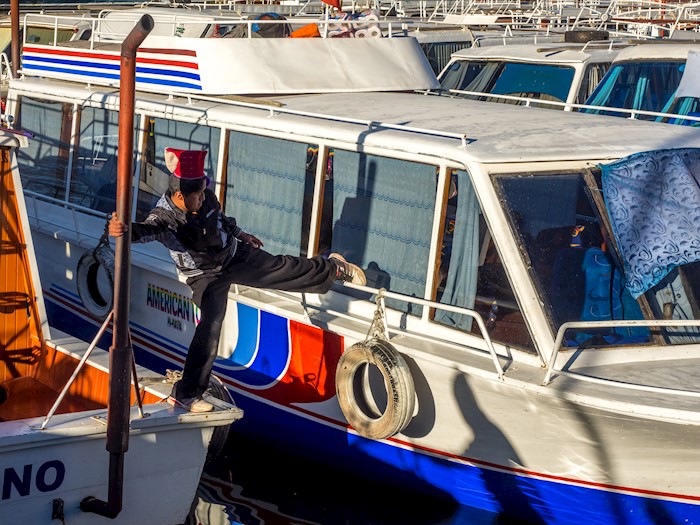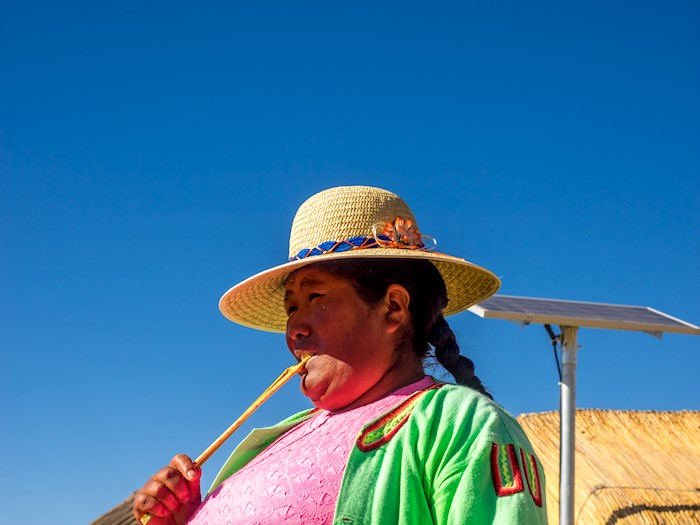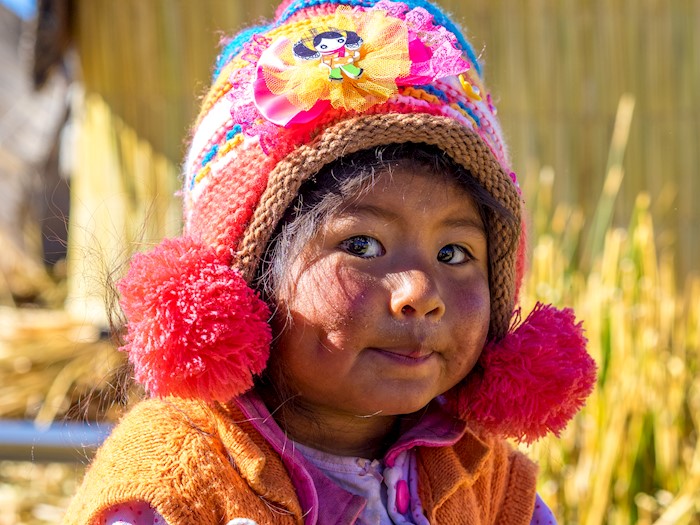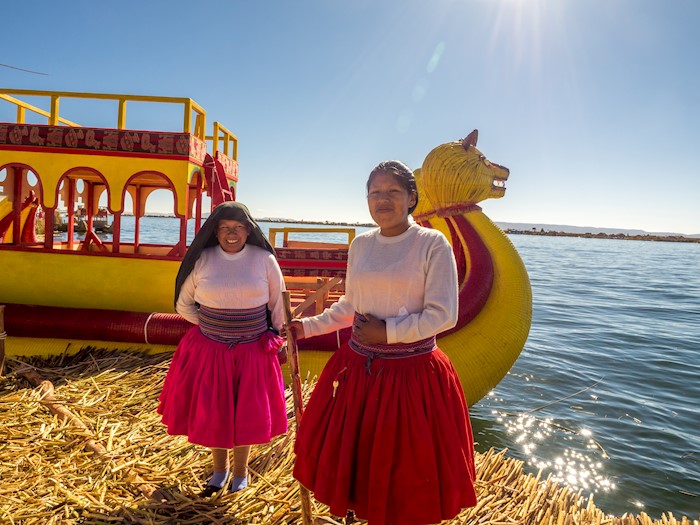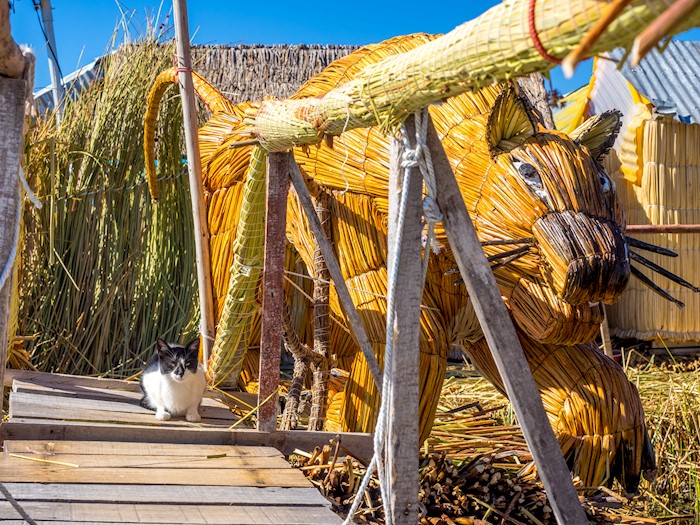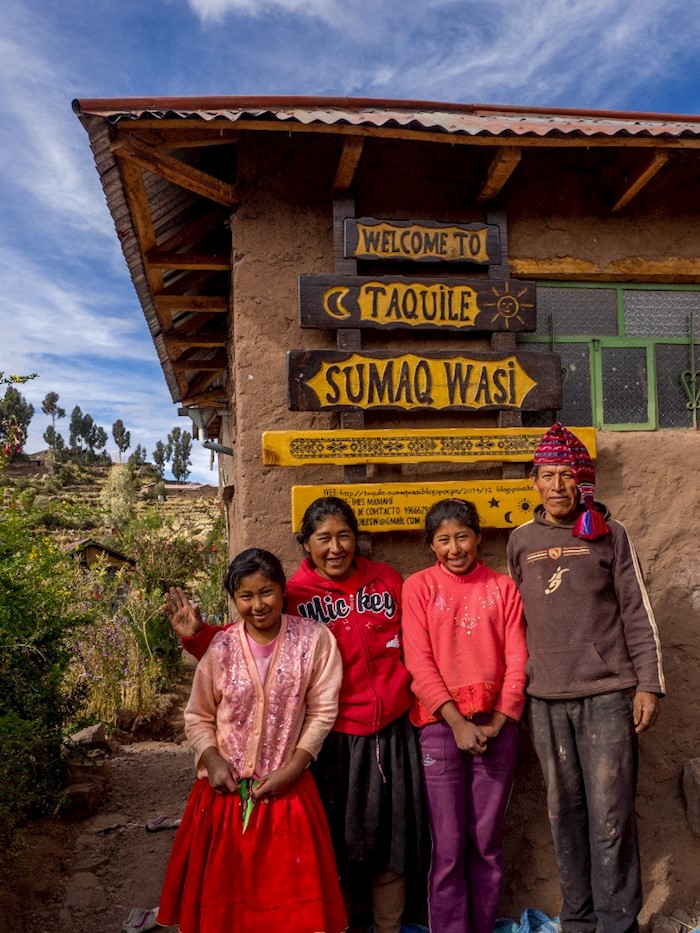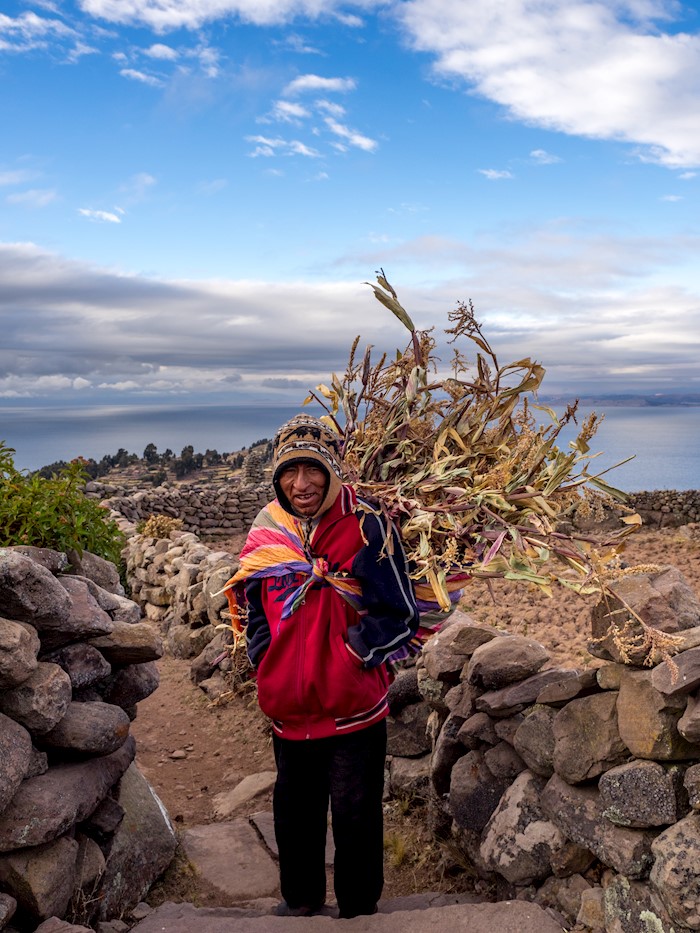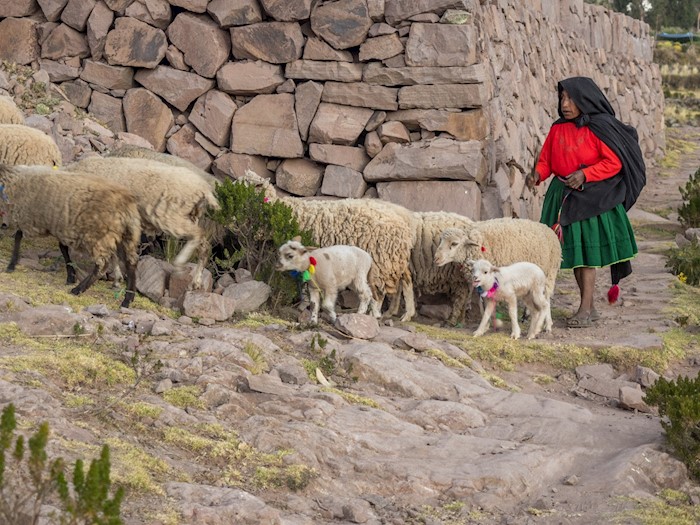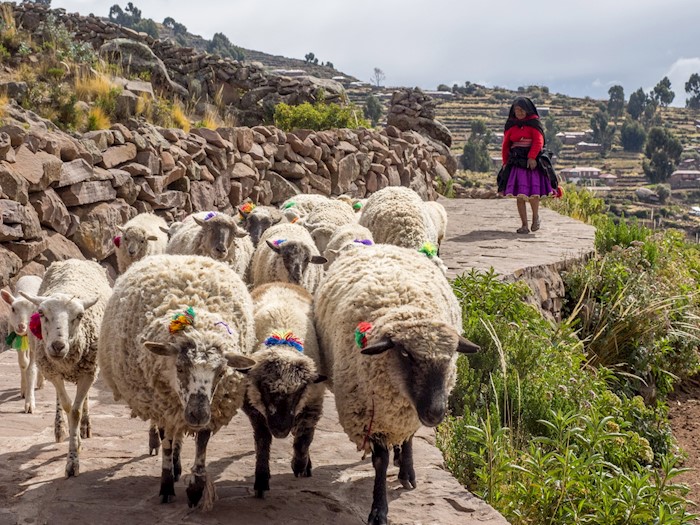A Month in Peru
If you follow the Facebook page, you might be aware that I recently returned from a month long trip in Peru.
“Just Peru? For a month?!” I hear you ask. Yes, and I barely scratched the surface of what that beautiful country had to offer. I fell in love with the cultural richness, the environmental diversity, and the welcoming people. It may have been my first South American adventure, but it certainly won’t be my last.
So please enjoy the first of four blogs covering a most incredible month; the rest will be coming soon!
Newcastle > Sydney > Auckland > Santiago > Lima
After 50 something hours on the go (why does Australia have to be so far away from everywhere?), it was a relief to off a plane and out of the airport. Though I have to say, this view of the Chilean Andes was pretty unbeatable.
First on the itinerary was a day exploring the historic centre of Lima, Peru’s capital. This city is many things; but safe, sunny, or clean are none of them. It's known by locals as “Lima la Gris” - that is, “Lima the Grey” - due to the fog that settles over the city from April through November. Competitively suicidal driving seems to be the unofficial city sport, with robbing tourists coming in at a close second. From this delightful summary, it might seem as though I didn’t like Lima, but that’s far from the case.


I might not have been keen to stay too long, but some of my most awe-inspiring moments came from Lima. The city itself is a testimony to the country’s tumultuous history, with its museums filled with Incan artefacts as well as the multitude of vibrant and opulent colonial buildings. Inside many of Lima’s churches, monasteries, and cathedrals, you’ll find beautiful mosaics, towering buttresses, catacombs, and iconic “Cuzqueña” art.
The Lima cathedral was one of the most jaw-dropping buildings I've ever stepped foot in. The sheer scale of the building would be enough to make anyone feel small (all 5'2 of me didn't need help in that department).
Nestled into the pastel walls are 15 ornately carved, Baroque chapels - each dedicated to prominent Latino Catholic figures, and covered in precious metals. The nave ends with the beautiful main altar and choir stalls, below which is a collection of skeletons that fell out of the walls into some previously hidden rooms that revealed themselves during the last earthquake (a common occurrence, apparently).
The cathedral is also the final resting place of Francisco Pizarro, the Spanish conquistador that overthrew the Incan empire and took Peru under Spanish rule. After being assassinated many years later, his head and body were interred separately, and the whereabouts of the former is lost. Until 1977, that is, when his head was discovered in a sealed niche of a cathedral wall (not as rare as you'd think, as I said) and they were buried together.
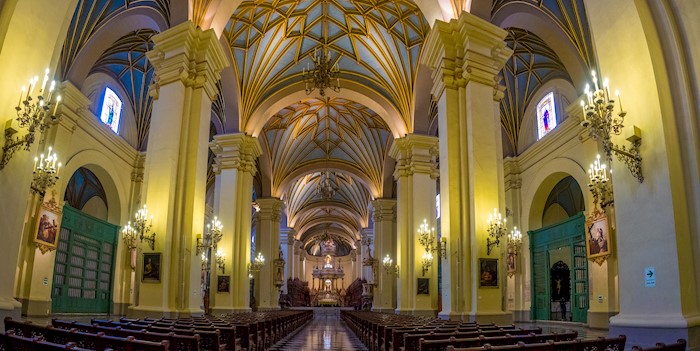

The changing of the guard at government house is a highly recommended activity to see when in Lima. Though usually a 15 minute affair, by complete coincidence it happened to be the president’s ritual farewell, so the mounted ensemble played alongside an impressive display of equestrian formations for almost an hour. Locals and tourists alike (and indeed a fair number of street dogs) turned out to watch the procession. Altogether, it was a delightful, unexpected treat.
Lima > Juliaca > Puno > Uros Islands > Taquile Island
The Lake Titicaca adventure began after a flight from Lima to Juliaca, and equally long bus from there to Puno which sits on the shores of lake Titicaca at almost 4000m above sea level (making Titicaca the highest navigable lake in the world). The boat departed bright and early, making stops at the famous floating reed ‘Uros’ islands, which are still inhabited by the local Quechua people. It was interesting to see the fusion of old and new world, with the locals wearing a mix of handmade alpaca garments and knock-off North Face gear, not to mention the traditional reed huts hooked up to solar panels! It was lovely to see how these people stay connected with technology, yet choose to keep their traditions and heritage.


Taquile Island is far less visited than Puno or the reed islands, so it was a welcome reprieve from the hordes of people and constant noise. Most people usually do it as a day trip, but the opportunity to spend a night at a homestay with a local family, surrounded by the beautiful lake and its bordering mountains, was irresistible. The island is covered with historical stone paths and structures, as well as the Quechua cultural vibrancy.

The local residents are not dressed up for tourists, as there are hardly any on the island, yet can be seen doing everything from clearing fields to spinning yarn and herding sheep in traditional (and colourful) clothing. Also, the sheep wear pom pom necklaces. Couldn’t tell you why… my Spanish was sufficiently poor that I couldn’t ask, but I’d be interested to know. The family we stayed with were wonderful hosts, and tremendously friendly (as was the cat).

Next up on Part 2: Cusco via Pukara, La Raya, Raqchi, and Checacupe, and then onto the Sacred Valley. Click here to read on!


